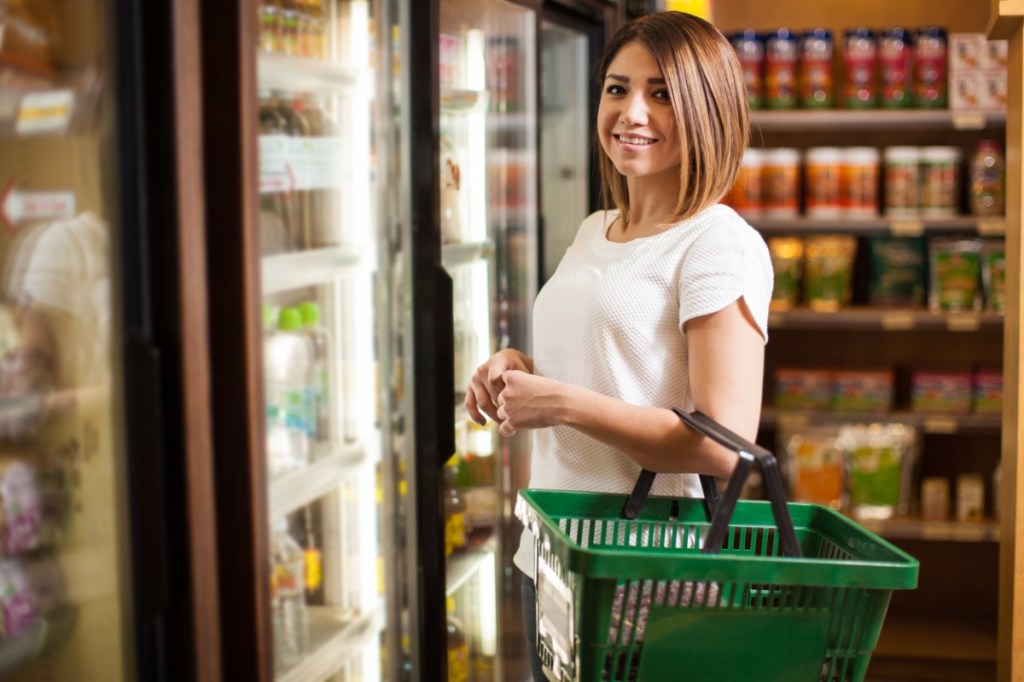Much has been reported in trade and general media about households having intermittent access to essential goods this time last year and the vital role the convenience channel played during a turbulent 2020.
Basic food stuffs were sometimes only available at the local convenience store as the major supermarkets grappled with supply chain issues and empty shelves.
Maintaining a healthy supply chain, ensuring on shelf availability and meeting elevated demand were all challenges that were met head on by convenience retailers.
The warp speed of change to ‘day-to-day’ operations and seismic market shifts that were forced upon convenience retailers left little time to understand who these new customers coming through the store entrance were and why they suddenly appeared.
Convenience stores experienced artificially inflated growth for some categories, which will be difficult to replicate in 2021 with households reverting to pre-COVID behaviours coupled with increased demand for click-and-collect or online ordering and delivery services.
Cycling COVID driven growth in 2021 provides a major challenge for convenience stores.
Smaller format supermarkets with product ranges driven by demographics to cater for particular shopper clusters are appearing across CBDs and inner suburbs of our major capital cities resulting in channel blurring and increased competition.
So how can convenience stores compete and look to drive growth?
And how can convenience store operators make their store a destination rather than just an option?
The key is to identify and seek to understand their existing customer base.
• Who are they?
• How often are they shopping the store?
• When do they shop?
• What are they buying?
• What is the shopping occasion?
• Are they mission focused or are they open to persuasion?
Continual range evaluation considering prevailing trends will help to deliver a range that continues to satisfy existing customers while attracting new shoppers.
Every shopper is unique making it difficult to please everyone, however there is value in clustering shoppers into defined groups and catering to their needs.
This need not be an exhaustive exercise with the best information often coming from simply engaging with and seeking feedback from regular shoppers or engaging with suppliers, merchandising partners or market research organisations.
Having a clear understanding of your shopper base will assist in deciding what to range, when to range it and how to best engage with the shopper through aligning in-store activations – right product, right range, right time.
So, what could this look like?
Households and individuals are focused on holistic health and wellbeing with dietary intake playing a larger part in their overall strategy.
Many convenience shoppers are time poor and seek easy meal solutions at different times of the day.
They seek out healthier choices that may include plant-based meats, alternative milk, low/no sugar or foods with functional benefits.
Developing and rotating a meal offer bringing together health, convenience and time saving that caters for breakfast, lunch and dinner occasions could not only drive an increase in foot traffic but generate incremental sales from other categories.
Focusing on a ‘hero’ category for a time is a good starting point to attracting new shoppers, retaining existing shoppers, getting them to shop more frequently, increasing their spend per visit or all of the above.
Regardless of the strategy adopted understanding your customers and delivering to their motivations will attract and convert new shoppers to loyal customers and continue to drive future growth.
This article was written by Stephen Wilson, Category & Insights Manager, Strikeforce for the March/April issue of C&I magazine.

